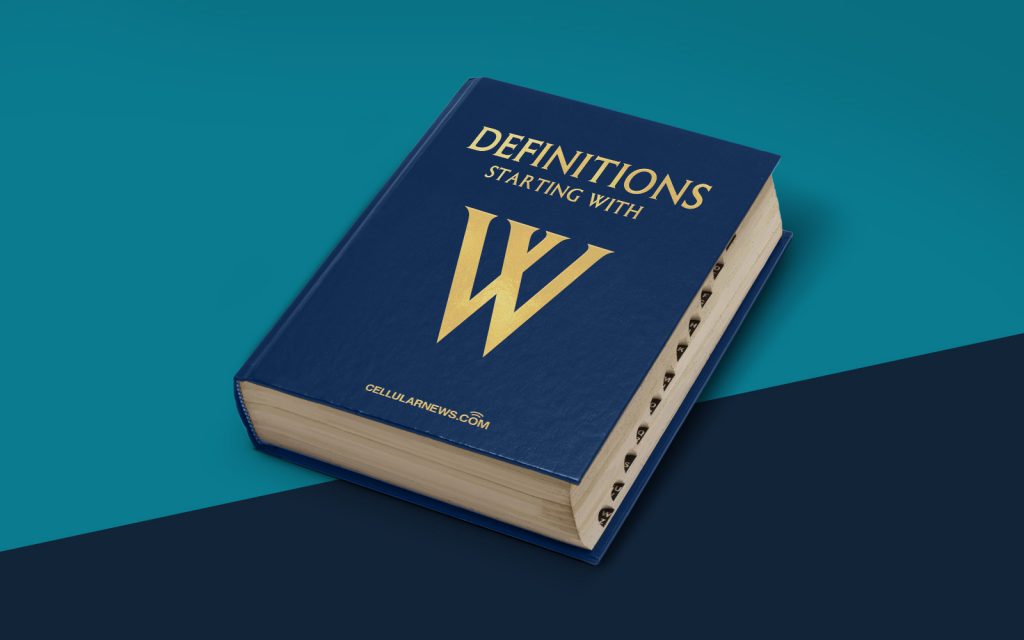
What is Windows Workflow Foundation (WF)?
Welcome to the “DEFINITIONS” category of our blog, where we provide clear and concise explanations of various technical terms and concepts. In this post, we’ll explore everything you need to know about Windows Workflow Foundation (WF) – a powerful development tool provided by Microsoft for building workflow-enabled applications.
Key Takeaways:
- Windows Workflow Foundation (WF) is a Microsoft technology that enables developers to create and manage complex workflows within applications.
- WF provides a visual designer, runtime engine, and a set of activities that help in designing, implementing, and executing workflows.
Now, let’s dive into the details and understand what exactly Windows Workflow Foundation is and how it can benefit your development projects.
Windows Workflow Foundation (WF) is a framework introduced by Microsoft as a part of the .NET framework. It provides a programming model, runtime engine, and tools for building workflow-enabled applications. But what exactly is a workflow? In simple terms, a workflow is a series of steps that need to be followed to complete a specific task or achieve a desired outcome.
With WF, developers can design, implement, and execute workflows using a visual designer interface available in Visual Studio. This visual approach makes it easier for developers to define the flow of work and handle the complex operations that need to be performed within an application.
The runtime engine provided by WF ensures that the workflows are executed efficiently and in the correct sequence. It manages the execution of activities within the workflow, handles exceptions, coordinates communication between different activities, and provides a powerful runtime environment to execute the workflows.
One of the key advantages of using Windows Workflow Foundation is its ability to separate the workflow logic from the application code. This promotes the concept of “business process agility” by making it easier to modify, extend, and reuse workflows without making changes to the core application code. This separation allows for more flexible and maintainable applications, especially in scenarios where business processes frequently evolve or require customization.
Windows Workflow Foundation provides a wide range of built-in activities that can be used to model complex business processes. These activities represent individual steps or tasks within a workflow and can be easily combined and customized to meet specific requirements. Additionally, developers can create custom activities to extend the functionality of WF and implement specific business logic.
In conclusion, Windows Workflow Foundation (WF) is a powerful technology provided by Microsoft that allows developers to create and manage complex workflows within applications. By utilizing the visual designer, runtime engine, and set of activities offered by WF, developers can easily design, implement, and execute workflows, improving the flexibility and maintainability of their applications.
Key Takeaways:
- Windows Workflow Foundation (WF) is a Microsoft technology that enables developers to create and manage complex workflows within applications.
- WF provides a visual designer, runtime engine, and a set of activities that help in designing, implementing, and executing workflows.
We hope this blog post has provided you with a clear understanding of what Windows Workflow Foundation (WF) is and the benefits it offers for your development projects. Stay tuned for more informative posts in our “DEFINITIONS” category and feel free to explore other articles on our blog!
